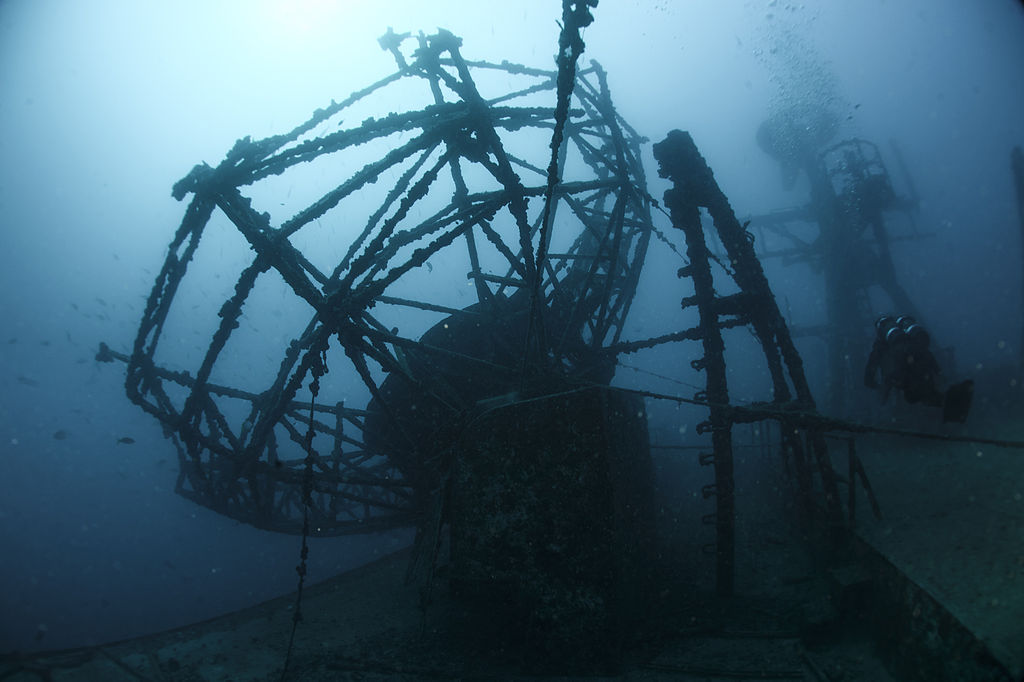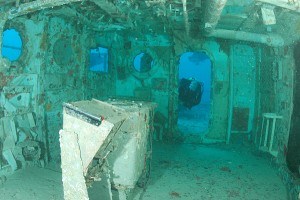Several of our examples of urbanatural roosting so far have discussed “nature” incorporated into the “urban.” However, urbanatural roosting can also be observed in the opposite way as well, by bringing the “urban” into the “natural.” One fascinating example is the case of artificial reefs. By sinking decommissioned subway cars, naval and commercial ships, as well as scrap industrial materials, it is possible for these underwater structures to imitate natural reefs. Realizing the productivity and benefits of these reefs, marine workers have begun intentionally sinking dilapidated rail cars, army tanks, and a wide range of ships–all the way up to aircraft carriers!–in locations where reef organisms can benefit from improved or alternative reef structures. Artificial reefs are becoming more popular among coastal towns, so that even a small state like Delaware has fourteen sites currently allowing for artificial reefs (dnrec). Like any natural reef, these artificial reefs attract organisms such as sponges early on, which then attract larger and larger species, and so on. In time, a fully established ecosystem forms around these “imposter” structures, making them almost indistinguishable from the real things, especially once the manmade materials become covered with animate and inanimate natural creations. What an innovative and intuitive way to utilize urban elements to enhance both natural ecosystems and the wider environment!


It’s a great way to make use of urban elements to develop and help in the environment. 🙂
Congrats to the people behind these great creation.
Copier Lease in Cleveland